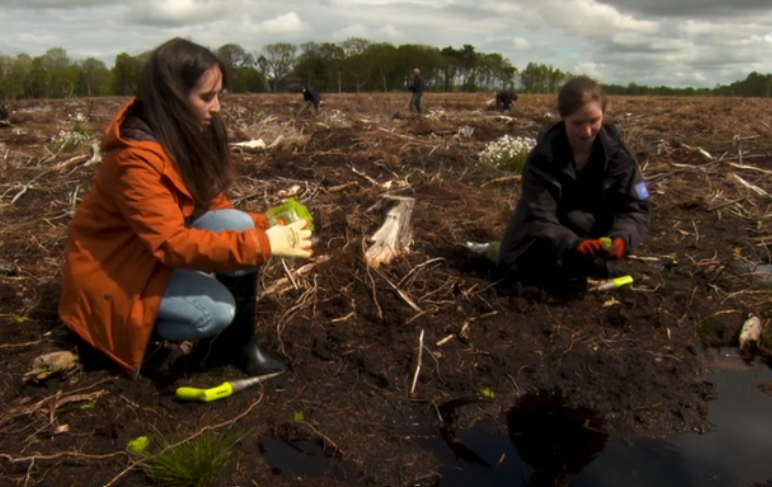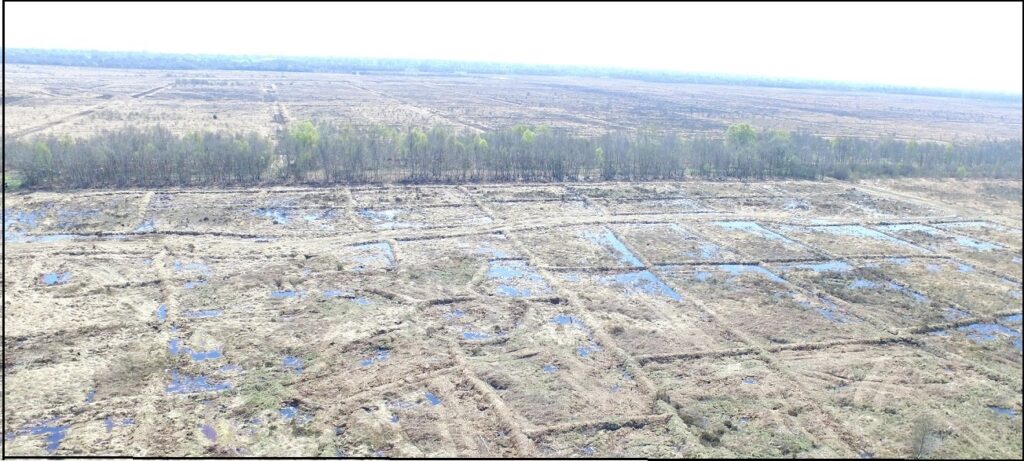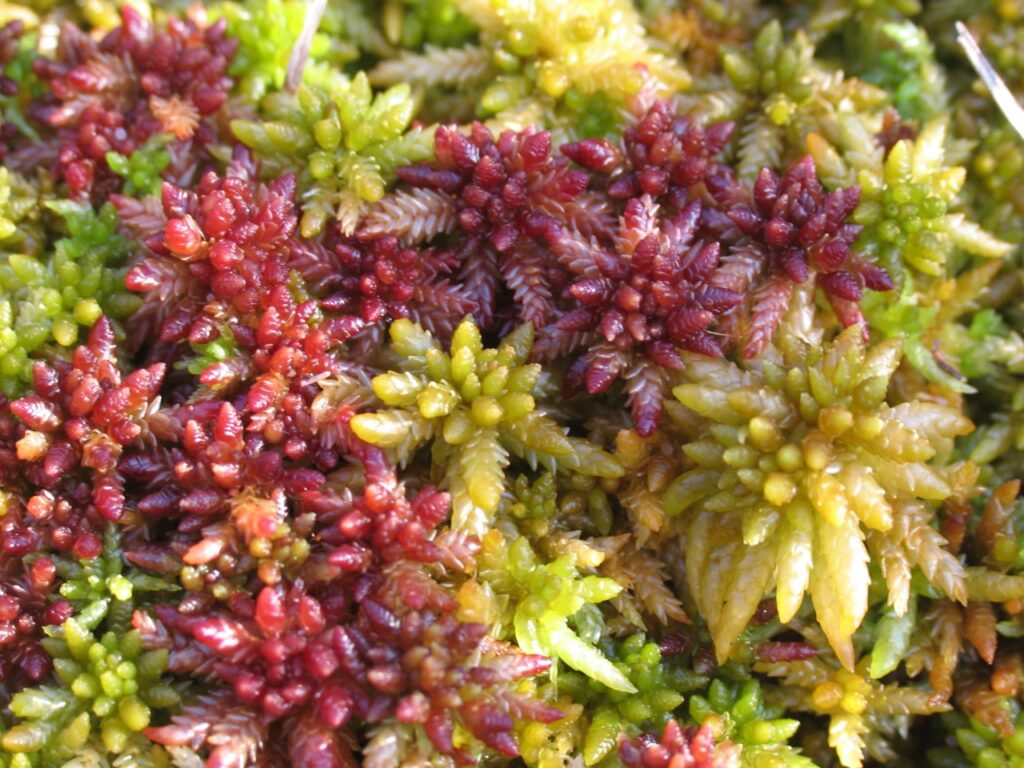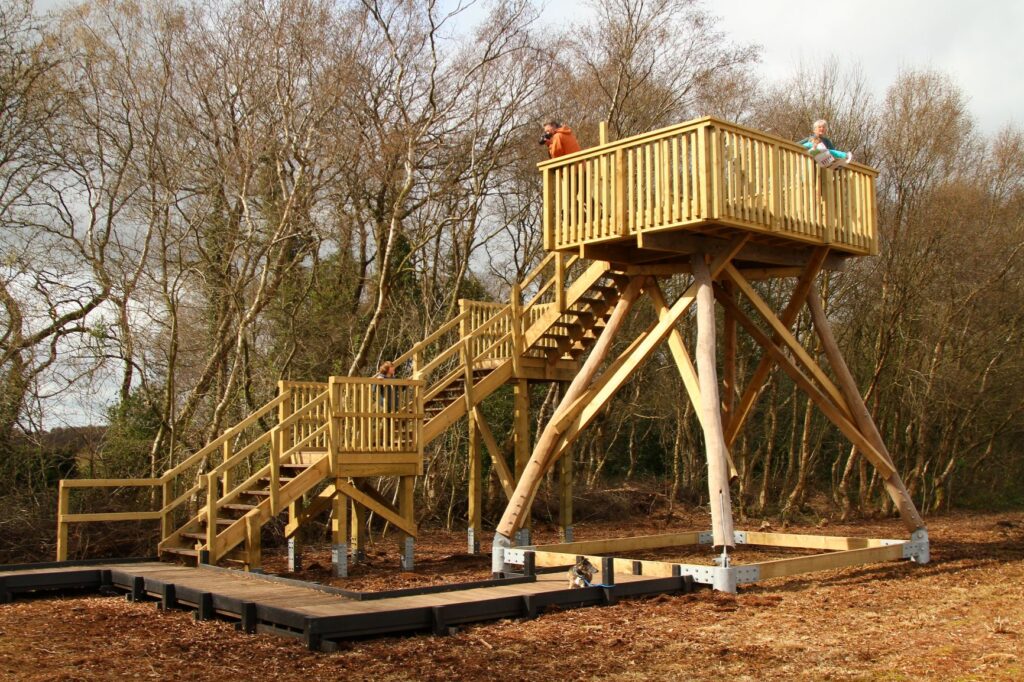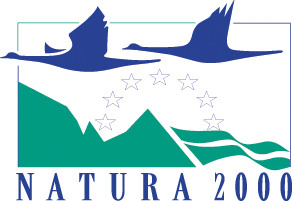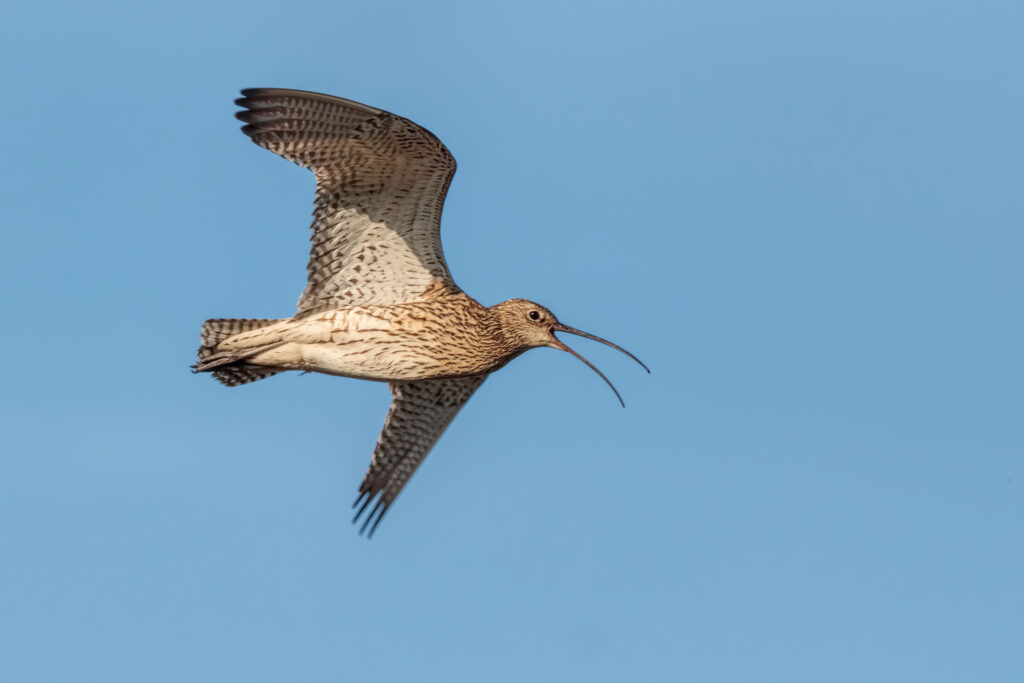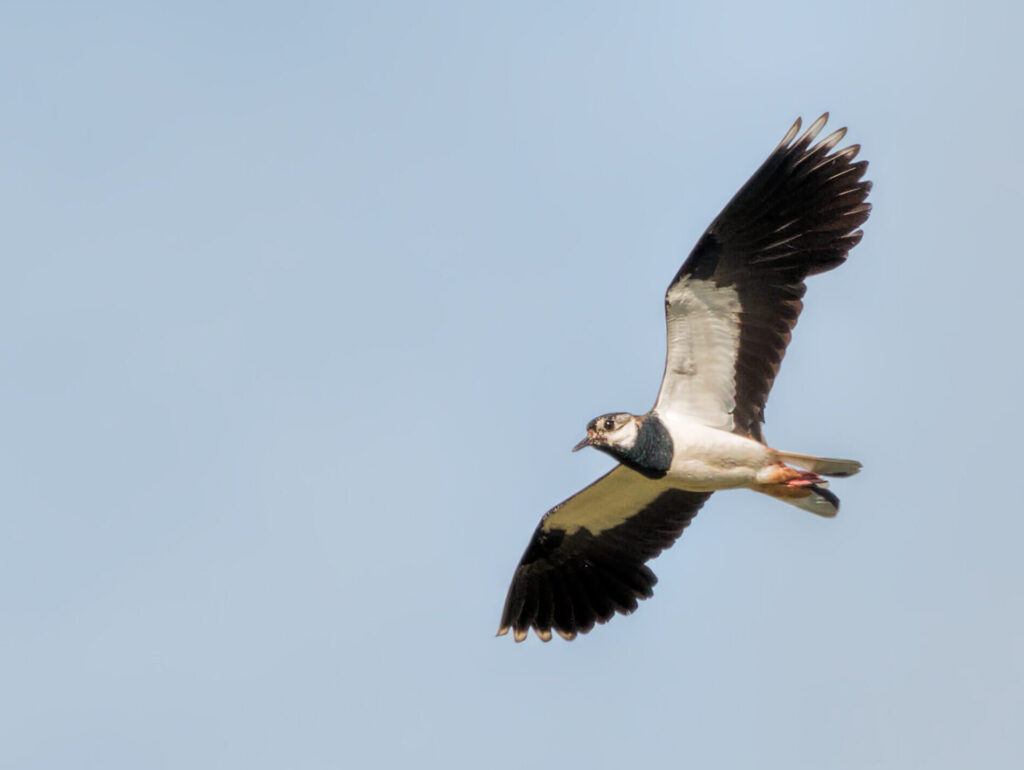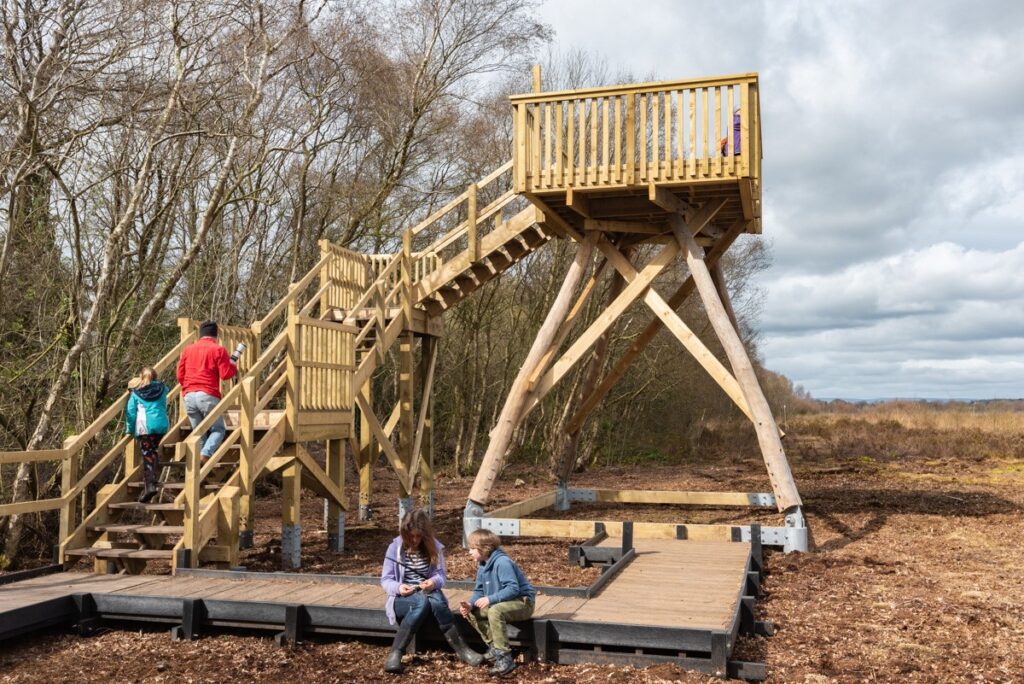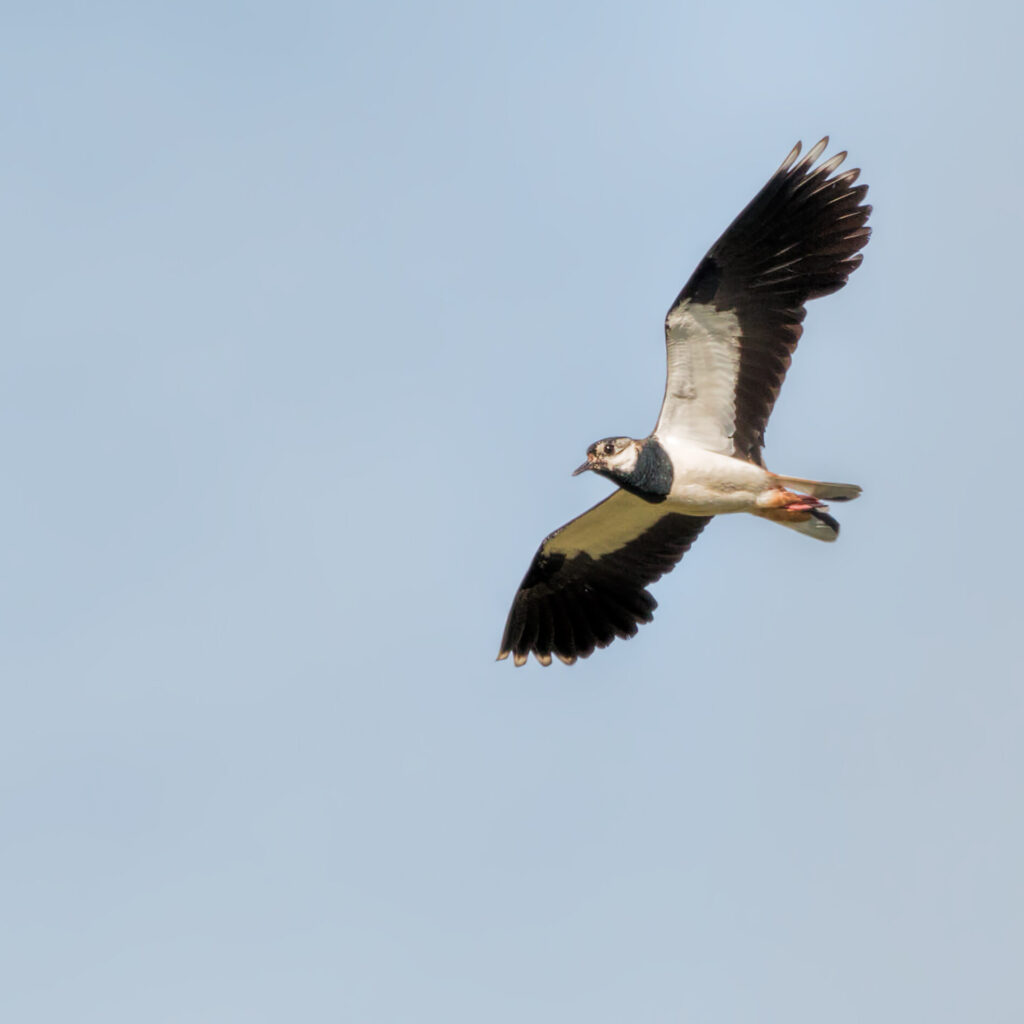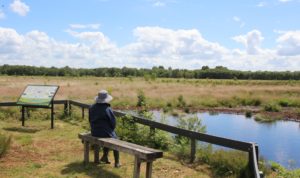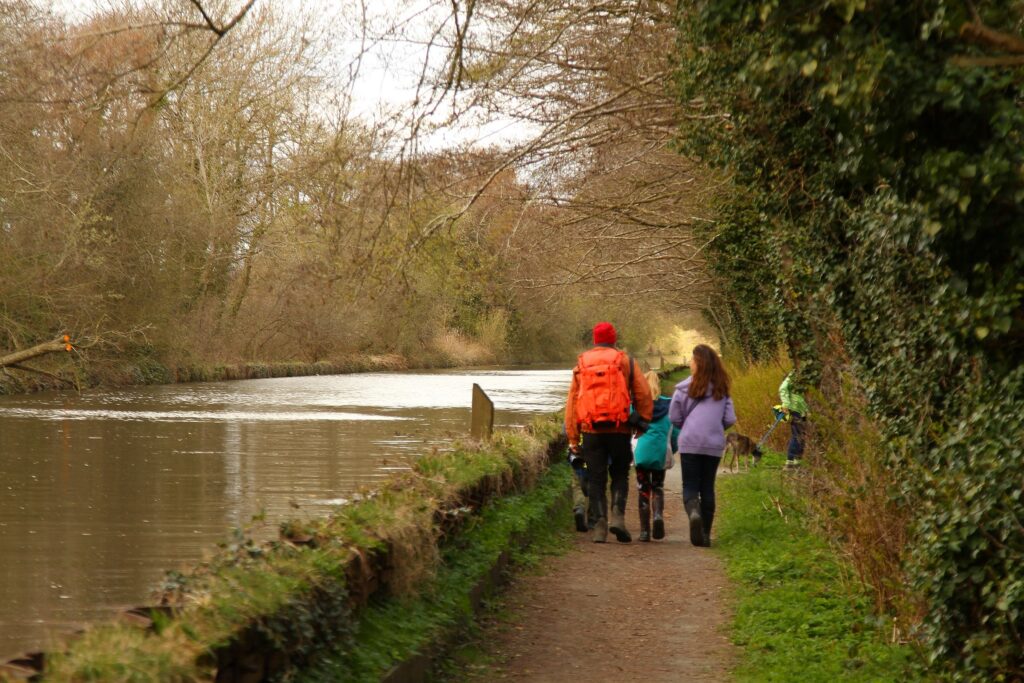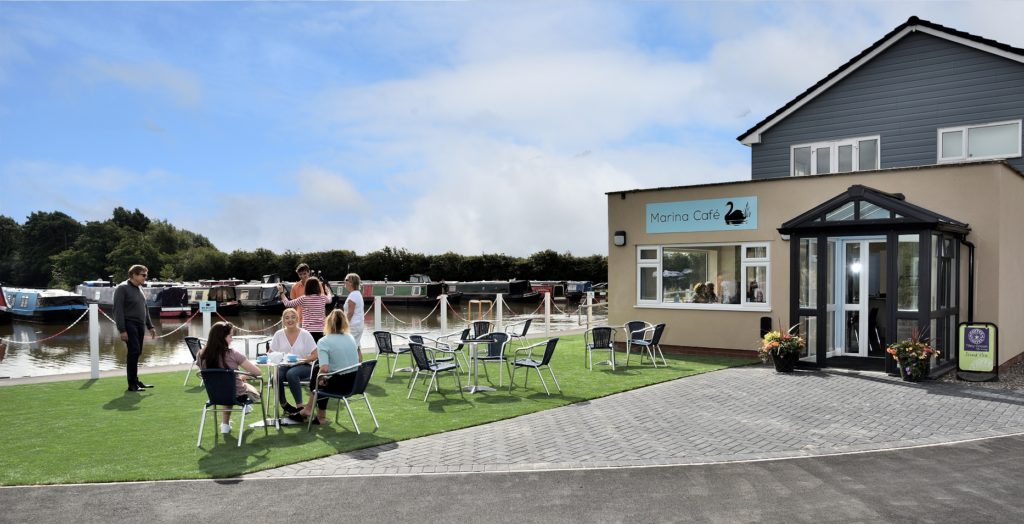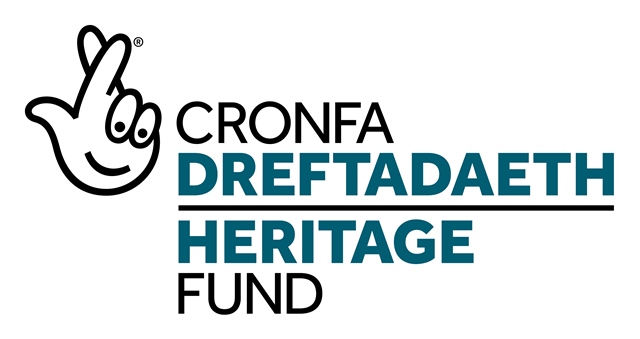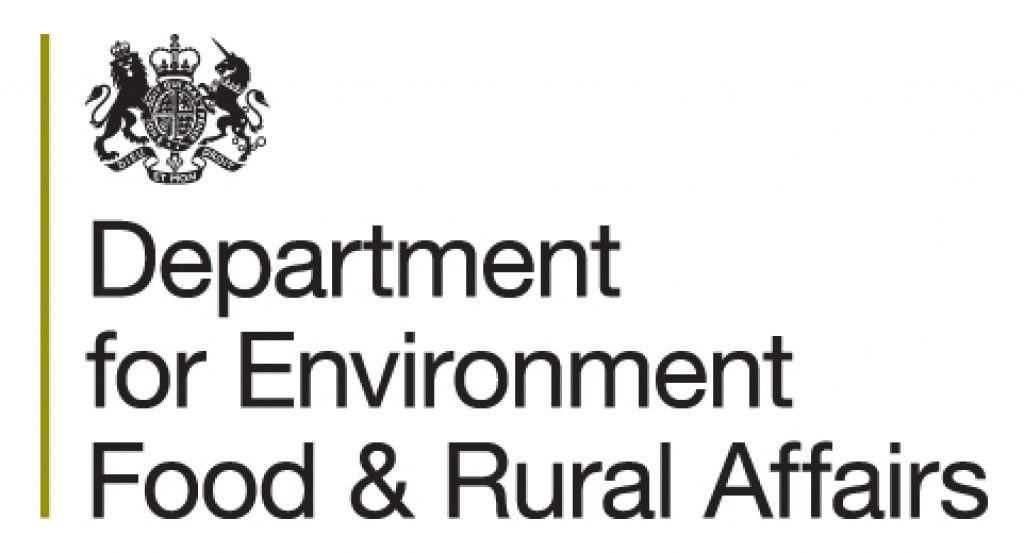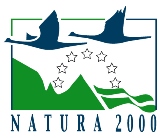Art Trail Opens at Marches Mosses
July 2, 2021
Photo credit: Tim Walter
Note: This post contains a link to an external website.
On Saturday 3 July, a new Art Trail will open at the Mosses that will bring some of the sights and sounds of the Mosses to life featuring three sculptures and a sound trail.
The soundscapes and sculptures are part of the Mosses and Marshes art project led by artists Andrew Howe (UK) and Kim V. Goldsmith (AUS), working in partnership with Shropshire Wildlife Trust and Natural England, and supported by National Lottery funding from Arts Council England.
Project team artists Elizabeth Turner and Keith Ashford have produced a series of waymarking sculptures which look at wood and metal work measuring tools and their connection with the Mosses landscape.
On Saturday 3 Jul from 11am to 3pm, the two sculptors and Andrew Howe will be at Whixall Moss to talk to visitors about their artworks.
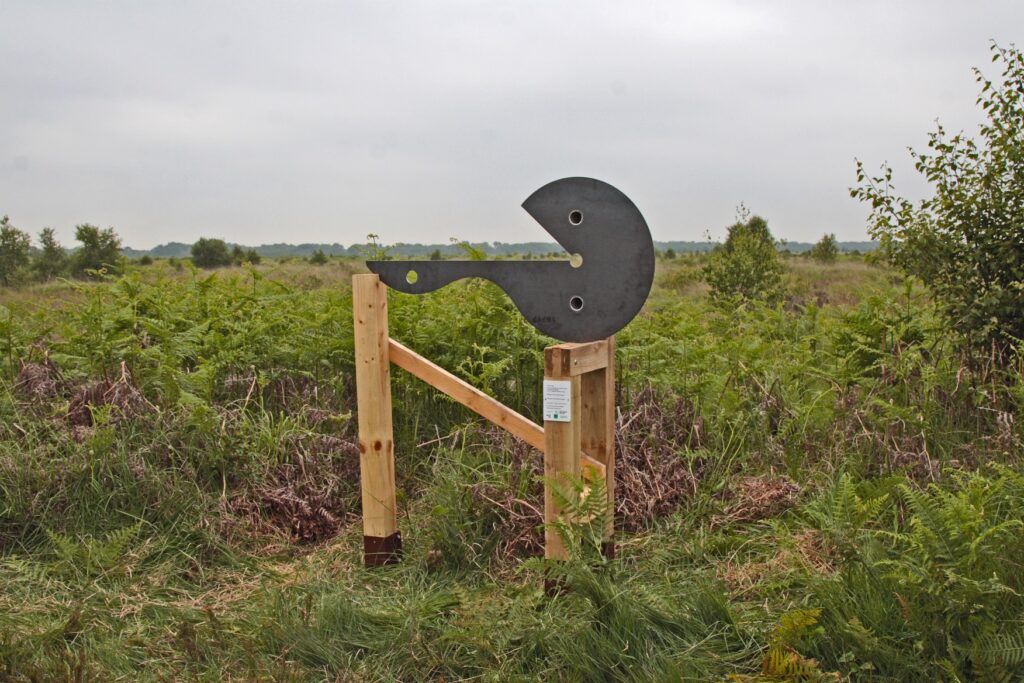
Andrew explains, “We hope that the artworks will encourage visitors to think about how we value these natural environments. The sound trail will connect two internationally significant wetlands by bringing sounds from the Macquarie Marshes, New South Wales, Australia into Fenn’s and Whixall Mosses. We are very grateful to Natural England and Shropshire Wildlife Trust for their assistance and to Stephen Barlow for ecological advice and contributing some of the bird recordings.”
The project is also supported by the Marches Mosses BogLIFE Project, which is restoring the Mosses to bring them back to their former glory, whilst making them accessible to people from all walks of life.
To avoid disturbance to wildlife, the immersive soundscapes are designed to be experienced by walking in the landscape and listening with headphones via smartphone using the Echoes app. The sounds are triggered by participants as they walk through specific locations along the trail.
The Art Trail is approximately 3 miles long and will take about 2 hours to walk, starting from the Morris Bridge car park at Whixall Moss (SJ 493354 SY13 2RT). It links with part of the Fenn’s and Whixall Mosses History Trail. The paths are well marked, level and easy to walk, but often wet and boggy so we recommend Wellingtons or sturdy footwear and insect repellent.
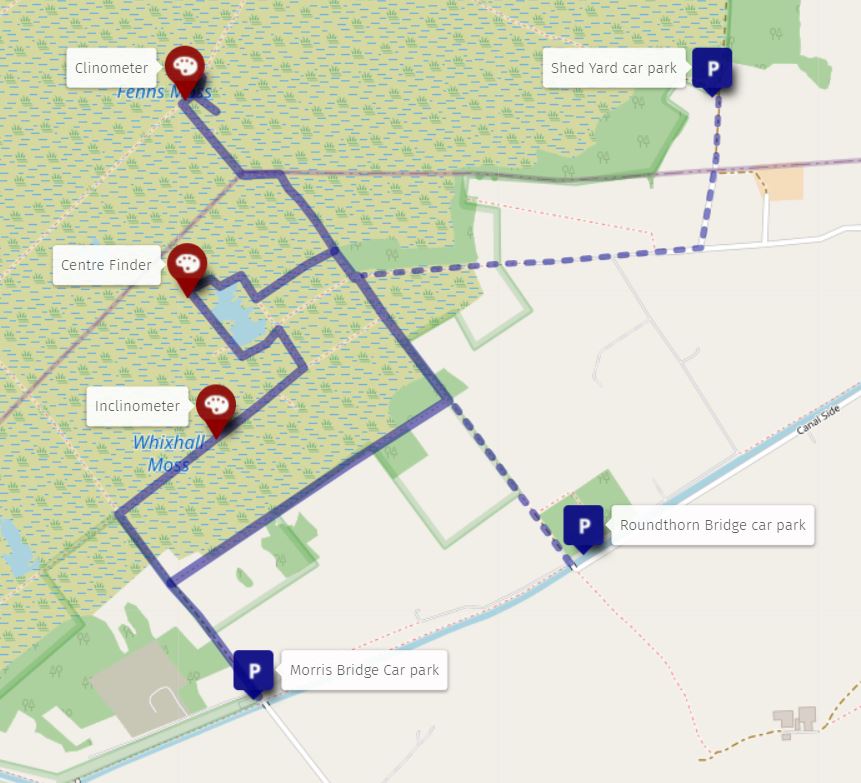
The Art Trail will continue until the end of October with sculptures and soundscapes featuring recordings of wildlife, water and trees, poetry, history and memories of life on and around the peatbog. The project will then move to a public exhibition at the Qube Gallery, Oswestry.
Related to the Mosses and Marshes project, work created by the Wem Youth Club in conjunction with Shropshire Wildlife Trust and artists Kate Johnston and Dr. Sue Challis will be shown at Wem Town Hall in September. Mosses and Marshes exhibitions in Australia will follow in 2022.
Further details at https://ofthemosses.com/art-trail/



